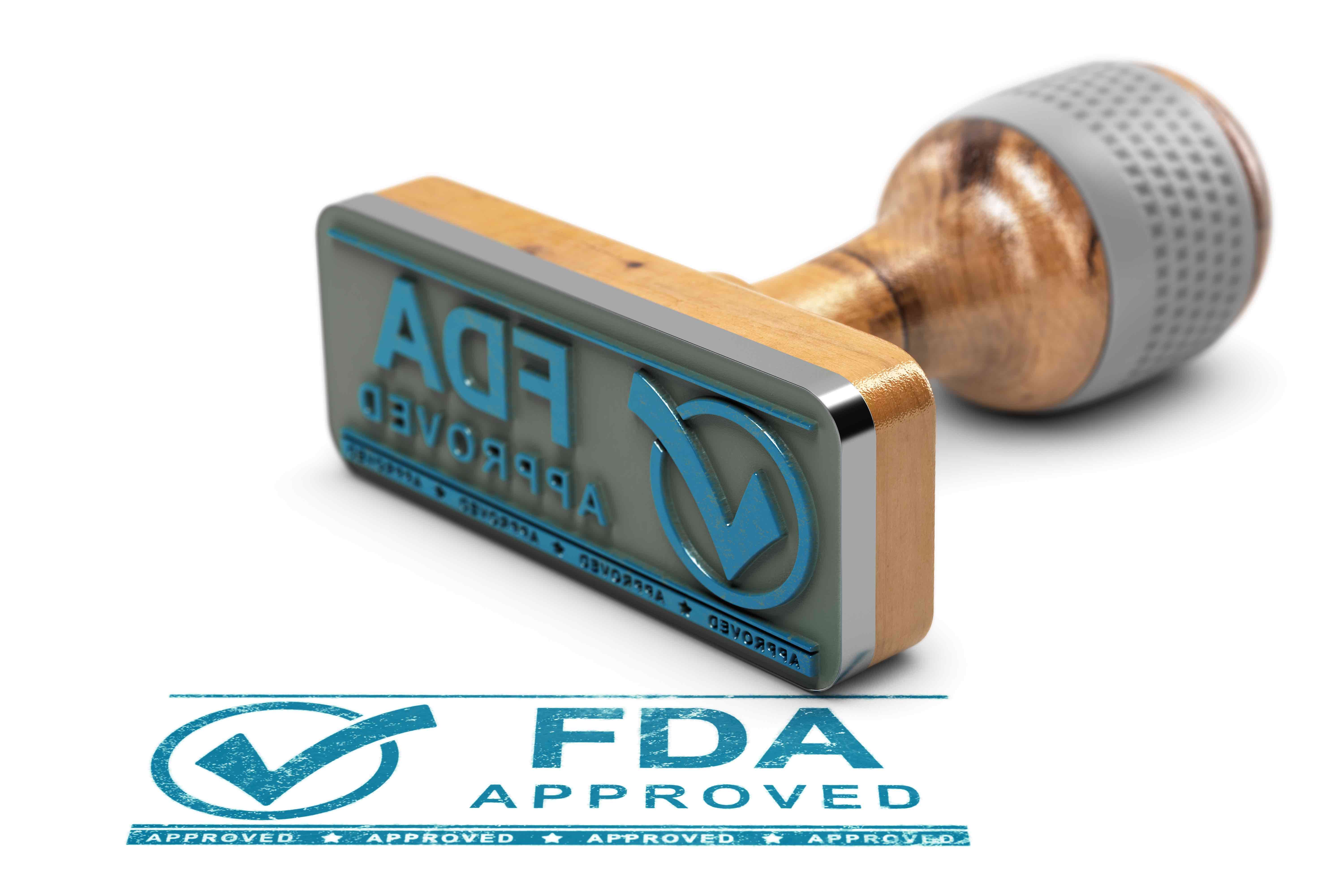Key Points
- The FDA approved motixafortide (Aphexda) in combination with filgrastim (Neupogen) for the mobilization of hematopoietic stem cells in patients with multiple myeloma prior to stem cell transplantation.
- In the phase 3 GENESIS trial, 67.5% of patients treated with motixafortide plus filgrastim met the CD34+ cell collection goal, compared with 9.5% in the placebo group.
- The approval addresses a need for therapies to improve stem cell mobilization in multiple myeloma prior to ASCT, providing greater reliability with fewer apheresis sessions and fewer doses of filgrastim.
The FDA has approved motixafortide (Aphexda) plus filgrastim (Neupogen) for the mobilization of hematopoietic stem cells to peripheral blood prior to collection for autologous stem cell transplantation (ASCT) in patients with multiple myeloma, BioLineRx Ltd announced in a news release.1
The approval, which marks the first for a stem cell mobilization therapy in multiple myeloma, was supported by findings from the 2-part, phase 3 GENESIS trial (NCT03246529).1 The randomized, double-blind, placebo-controlled study assessed the safety and efficacy of motixafortide plus filgrastim compared with a placebo plus filgrastim for hematopoietic stem cell mobilization ahead of ASCT in multiple myeloma, with a goal of at least 6 × 106 CD34+ cells/kg collected within 2 apheresis sessions.2
Part 1 of the study included 12 patients and was a single-center, open-label lead-in period to determine the dose of motixafortide. Part 2 of the trial was a double-blind, placebo-controlled, multicenter study in which 122 patients were randomized 2:1 to receive either subcutaneously injected motixafortide plus filgrastim or placebo plus filgrastim.
Local and central laboratories assessed CD34+ cells, efficacy results were assessed by central laboratory results, and clinical treatment decisions were made based on local laboratory results. Patients who had received prior ASCT or allogeneic stem cell transplant were excluded, as well as patients who had failed prior attempts to collect hematopoietic stem cells.
The primary end point was the proportion of patients mobilizing the target number of stem cells with 1 dose of motixafortide plus filgrastim with up to 2 sessions of apheresis. A secondary end point in the trial was whether 1 dose of motixafortide plus filgrastim would outperform the placebo plus filgrastim regimen in mobilizing the target number of CD34+ cells in 1 apheresis session.
Based on central laboratory assessments, 67.5% of patients treated with motixafortide plus filgrastim met the stem cell collection goal of at least 6 × 106 CD34+ cells/kg within 2 apheresis sessions, compared with 9.5% in the placebo plus filgrastim cohort (P = .0001).1 Based on local laboratory results, 92.5% of patients in the motixafortide cohort met the stem cell collection goal, vs 21.4% in the placebo arm of the study.
“Greater numbers of patients with multiple myeloma are candidates for autologous stem cell therapy; however, achieving target collection goals can be difficult in some patients given modern barriers, including the treatment of older patients and use of contemporary induction regimens,” primary investigator John DiPersio, MD, PhD, professor of medicine, pathology and immunology and director of the Center for Gene and Cellular Immunotherapy at Washington University School of Medicine in St. Louis, said in a statement.1 “Innovation in this area of medicine has been needed, and today’s approval of Aphexda addresses the demand for new therapies that can meet today’s challenges by delivering more reliability in stem cell mobilization, versus filgrastim alone, with fewer days of apheresis sessions and fewer doses of filgrastim for people living with this cancer.”
In a safety evaluation conducted in 92 patients who received motixafortide and 42 patients who received placebo plus filgrastim, 5.4% of patients experienced severe adverse events. Vomiting, injection site reaction, hypersensitivity reaction, injection site cellulitis, hypokalemia, and hypoxia were among the reactions seen in the study; with the most common adverse events occurring in over 20% of patients being injection site reactions (pain, erythema and pruritus), pruritus, flushing, and back pain.
The approval of motixafortide plus filgrastim marks the first FDA approval of a therapy from developer BioLineRx Ltd, and the company plans to make the treatment available later in September.
References
1. BioLineRx announces FDA approval of Aphexda (motixafortide) in combination with filgrastim (G-CSF) to mobilize hematopoietic stem cells for collection and subsequent autologous transplantation in patients with multiple myeloma, News release. September 11, 2023. Accessed September 11, 2023. https://www.multivu.com/players/English/9174951-biolinerx-fda-approval-aphexda/
2. A phase III, safety, tolerability and efficacy of combination treatment of BL-8040 and G-GSF as compared to placebo and G-CSF for the mobilization of hematopoietic stem cells for autologous transplantation in subjects with MM (GENESIS). ClinicalTrials.gov. Updated June 16, 2022. Accessed September 11, 2023. https://classic.clinicaltrials.gov/ct2/show/NCT03246529

